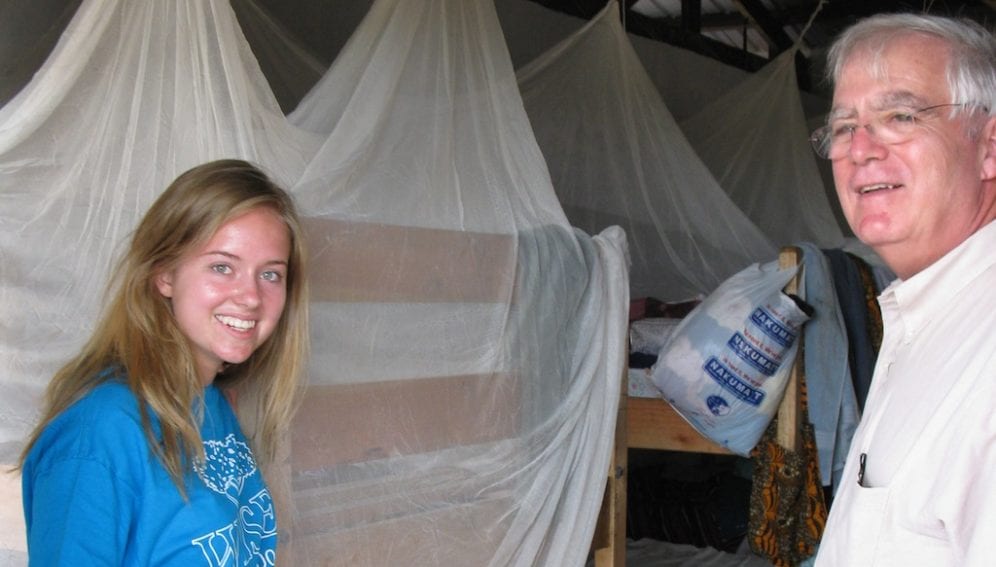By: Anna Valmero
Send to a friend
The details you provide on this page will not be used to send unsolicited email, and will not be sold to a 3rd party. See privacy policy.
[MANILA] The bed nets used in national malaria programmes in Africa and South-East Asia may also help to curb the transmission of parasitic worms that can cause lymphatic filariasis, or elephantiasis, a study says.
The study published in The New England Journal of Medicine last month (22 August) found that bed nets treated with insecticide have reduced the transmission of lymphatic filariasis in five villages in Papua New Guinea to almost zero levels.
They did so by blocking mosquito access to human blood while the chemical cuts the insect's life span by half, thus preventing the parasite's transmission across populations.
This intervention could form an important part of the global strategy to eliminate the disease, according to James Kazura, professor of international health and medicine at Case Western Reserve University, United States, and lead author of the study.
Lymphatic filariasis is a tropical disease infecting over 120 million people worldwide and threatening 1.4 billion people in 73 countries. One in three victims are disfigured or disabled by the disease, WHO data show.
The bed nets act as a barrier and without access to their blood meals, the mosquitoes are unable to host the parasite until it reaches the infectious stage. It takes about ten days for a filarial parasite to reach this stage, Kazura tells SciDev.Net.
Moreover, mere contact with the insecticide coating the bed nets actually shortens the mosquito life span, he adds.
"With no vaccine developed for elephantiasis or malaria yet, bed nets can serve as cheap, effective and sustainable defence against such infectious diseases," Kazura explains.
Most developing countries receive bed nets treated with insecticides free of charge from philanthropic organisations such as the Global Fund. A total of 294 million treated bed nets were distributed in Africa from 2008 to 2010. On the open market, one can buy the net for US$5 or less.
Kazura thinks the bed nets strategy can be partnered with mosquito control at the larval or breeding stage to prevent them from reaching maturity.
Jaime Montoya, executive director of the Philippine Council for Health Research and Development, says: "In handling infectious diseases such as those transmitted by mosquitoes, it is important to consider the host and the vector organism carrying the virus, and how you can limit or disrupt the exposure of the host to the virus, as well as how you can lower the vector's population".
He adds that because a female mosquito can lay up to 1,600 eggs (of which 80 per cent are female) throughout its lifetime, controlling the vector's population is critical.
Link to the paper in The New England Journal of Medicine
This article has been produced by SciDev.Net's South-East Asia & Pacific
References
The New England Journal of Medicine doi: 10.1056/NEJMoa1207594 (2013)














